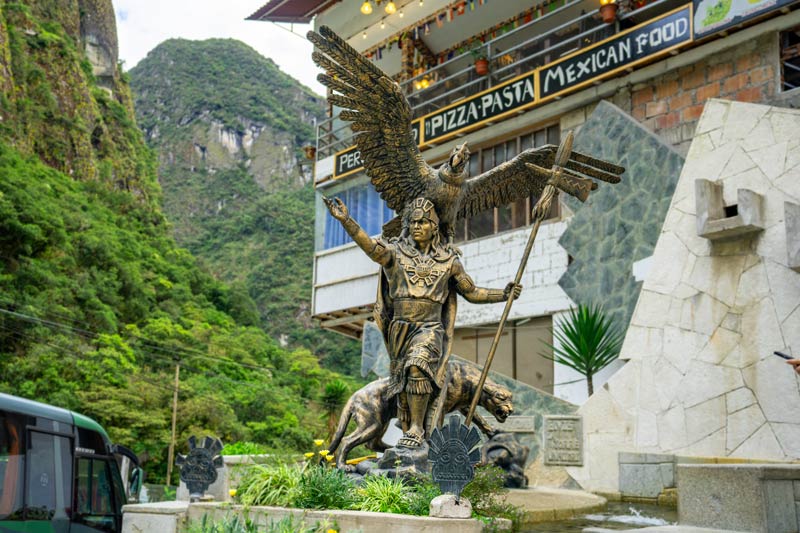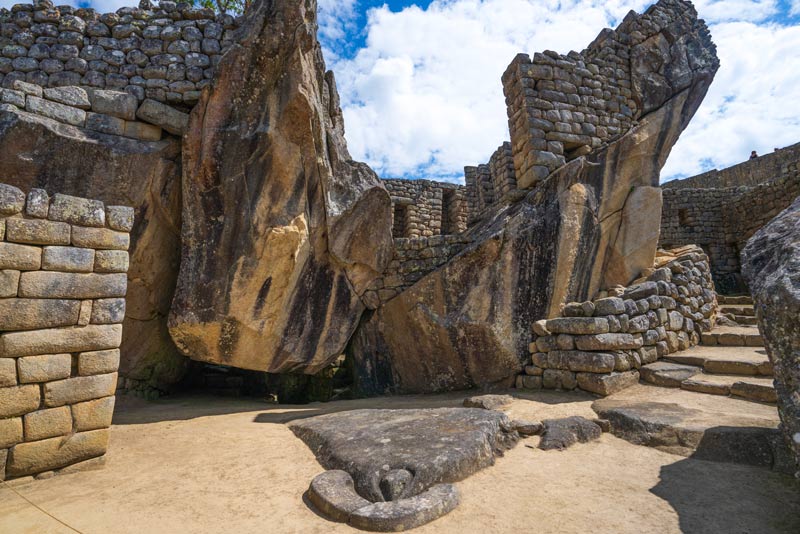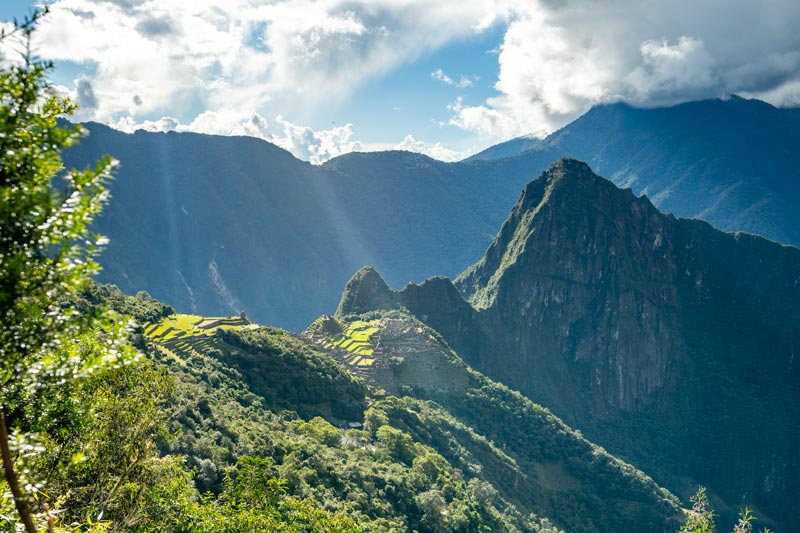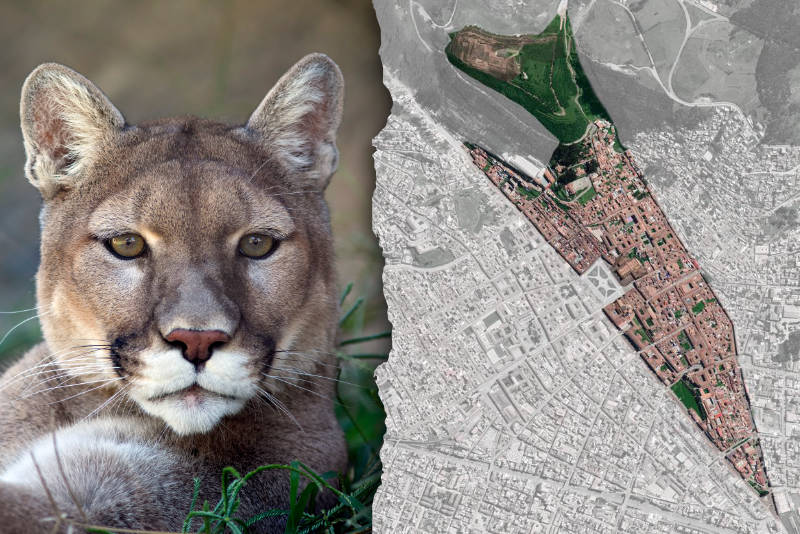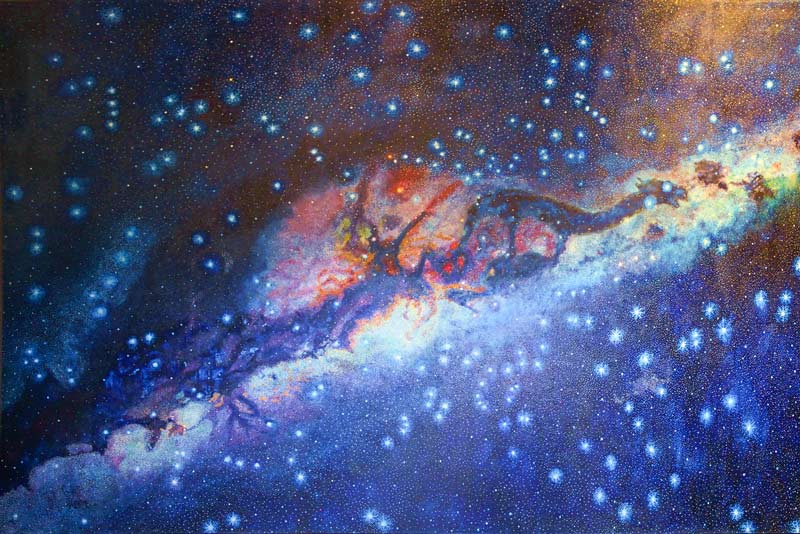Worldview of the Incas
One of the aspects that most draws our attention when we talk about Incan culture is their worldview. This term can be conceptualized as a set of beliefs and values through which we relate to and understand nature, society, and the universe, understanding our place or meaning within it. The Incas had a direct relationship with everything around them, given their pantheistic belief that all poetry has a soul. Discover how these beliefs shaped their culture and their way of seeing life.
- What was the worldview of the Incas?
- The relationship of the Incas with nature
- The three worlds of the Incas
- The Andean Worldview
- Tips and Recommendations
- Frequently Asked Questions
What was the worldview of the Incas?
The Inca culture had a worldview that interconnected them with everything around them. They believed that everything they found in nature had a soul and that they coexisted so that everything would flow in harmony.
For a culture to prosper, and on a larger scale, an empire like the Tahuantinsuyu, a series of necessary conditions exist. In the case of the Incas, much of their meaning was attributed to climatic and geographic factors, such as the fertility of the soil, regular rainfall, the presence of adjacent rivers, the favorable climate, as well as the presence of mountains and valleys. All of this contributed to improved agriculture, which sustained and strengthened their empire.
Thanks to this fertility, the Incas worshipped all that nature contained, because they understood that even the smallest animal, on a larger scale, was linked to collective prosperity. Today, their vision is preserved in Andean culture, and by those individuals and communities who understand the interconnectedness with nature and that only through its care and respect can we coexist in harmony.
Full-Day Tour of Machu Picchu
If you want to learn more about the Inca worldview, visiting their archaeological sites is the best option. In each of them, you’ll find temples or monuments in their honor that will help you understand, in a broader sense, the reasons for their fervor and beliefs. Through the full-day tour of Machu Picchu, you’ll be able to visit iconic sites such as the Temple of the Sun, the Temple of the Condor, the Temple of the Moon, among many others. It will be a complete experience that will make the most of your day. Don’t miss it and discover all the magic of Inca culture.
The relationship of the Incas with nature
The question of why things happen still troubles us today, and this is no small matter for the planet’s ancient civilizations. The case of the Inca culture is very special, given that they attributed meaning to nature, providing a religious significance to the role each entity played within it. Many of their most important temples were built in their honor, which we can visit to further expand our understanding of their beliefs.
This is the case of the Sun (Inti), their principal deity and believed to be the father of the Inca. The meaning of this belief today can be related not only to its symbolic aspect, but also to the role the sun plays in providing light, heat, and the conditions necessary for life in nature to thrive. The Incas viewed it similarly, which is why the sun’s predominance was always present.
The same is true for other gods that are part of the Inca religion , such as the Moon (Mama Quilla), the Earth (Pacha Mama), lightning (Illapa), and water (Mama Cocha). They also held animals in high regard, which is why we can see monuments in the shapes of snakes, condors, and pumas in many of their archaeological sites.
Another aspect of great value to the Inca culture were the Apus, or sacred mountains, which provided security and protection. The same was true of the rivers (Mayu). In particular, they believed the Urubamba River was a reflection of the Milky Way, lending its strength and splendor to make the valleys more fertile, thus making the Tahuantinsuyu empire more prosperous.
The three worlds of the Incas
The Inca worldview was deeply connected to a balance and harmony that they understood through three planes, which governed their way of seeing and understanding the universe and its meaning. This tripartite vision consisted of: the heavenly world (Hanan Pacha), the earthly world (Kay Pacha), and the inner world (Ukhu Pacha). Therefore, the Inca had to govern not only his people but also maintain harmony between heaven, earth, and the inner world.
Hanan Pacha (World above)
The upper world, or the celestial world, for Inca culture, was the home of the gods and their ancestors. From this place came the vital resources they needed, such as rain and light. They believed that if they had coexisted in harmony during their earthly life, they would somehow be able to access it.
Hanan Pacha is represented by the condor, a sacred animal in Andean culture. The sun (inti), the moon (quilla), the lightning bolt (illapa), and the stars also referenced this plane of the Inca world.
Kay Pacha (Earthly World)
The world of the living, or the earthly world, was the plane where one should seek harmony with one’s surroundings and the other two worlds. Having a just and happy life experience meant seeking common well-being. This plane was also inhabited by the spirits and sacred beings that make up nature (animals, humans, plants).
Kay Pacha is represented by the Puma and primarily by Pachamama (Mother Earth). The earthly plane was understood as the place where we must work to ensure harmony between the three worlds, since it is the only one where we have a direct influence. If this is the case, we will be able to ascend to the upper world (Hanan Pacha).
Uku Pacha (Inner World)
This plane encompasses a much more beautiful vision, as it gives meaning to an inner world where everything is gestated, transformed, and reborn. This place is inhabited by energies that have not yet emerged; it also has a connection with the dead and what is preparing to be reborn.
For Inca culture, death wasn’t the end, but rather another step in the cycle of constant transformation. The Ukhu Pacha plane is represented by the snake (Amaru), which represents the fertility of the earth, like the womb of Pachamama.
| The three planes of the Inca worldview | ||||
|---|---|---|---|---|
| Plane / World | Quechua name | Representative animal | Representation | Symbolism |
| World above | Hanan Pacha | Condor | The celestial world, the gods, the ancestors. | Sun, moon, stars. |
| Earthly world | Kay Pacha | Puma | Daily life, action, the search for harmony. | Humans, animals, plants. |
| Inner world | Ukhu Pacha | Snake | The interior, death and transformation. | Seeds, caves, fertility of the earth. |
The Andean Worldview
The ancestral practices of the Inca and pre-Inca cultures are still alive in Andean territories, where their knowledge is put into practice daily to coexist with the environment and nature. Even in Andean culture, the mountains are still referred to as Apus, and the value of Pachamama is still present to offer reciprocity.
A very important concept that is always present is Ayni, which is a system of reciprocity and cooperation where favors are exchanged within a community, to be returned one day, based on mutual respect and solidarity.
This way of seeing the world allows us to understand how one can relate to nature without claiming to possess it. Andean culture understands this; rituals such as paying homage to the earth are examples of how, through reciprocal treatment, we can both achieve a balanced flow. Although we need nature to survive, we only take what we need and give back, always with the aim of caring for and preserving it, within a much broader context of all the biodiversity that surrounds us.
Andean culture teaches us that there is still much we must learn to understand other ways to achieve happiness and prosperity, where we are all important pillars in achieving it, and that the happiness and wealth of a people are only achieved when they live in harmony together.
Tips and Recommendations
If you’re embarking on a journey to learn more about Inca and Andean culture, we’ll give you a series of tips that could help you better understand them, as well as recommendations to make your experience in the Cusco region a better one.
- Each of the destinations you visit in Cusco is an opportunity to learn more about Andean culture, which still preserves many of the ancestral practices of the Incas.
- If you’re traveling to Cusco, remember to acclimatize during the first few days to avoid altitude sickness and fully enjoy your experience.
- In each of the archaeological sites in the Cusco region, you can find temples or references to the deities that make up the Inca worldview.
- If you want to explore Cusco during the rainy season (November–March), be prepared with waterproof clothing or a rain poncho, as the weather can change at any time.
- Cusco during the dry season (April to October) offers better views in clear weather, although there are usually more visitors.
- During all your trips around Cusco, remember to stay hydrated to avoid altitude sickness and conserve your energy.
- Enjoy each of the landscapes you will find in Cusco calmly, its geography will allow you to have an introspective and calm space.
- Part of the Andean tradition is to thank Pachamama for your travel experience, so you can enjoy each journey with greater meaning and value.
- Remember that along with Boletomachupicchu, you can book travel experiences in Cusco and Machu Picchu. Ask our advisors about all your options.
Frequently Asked Questions
1) What is the worldview of the Inca culture?
The Inca worldview is the way they understood the universe and their place within it. It was based on their interconnection with nature and the balance necessary for living in harmony.
2) Why did the Incas worship the Sun?
The Sun (Inti) was the principal deity of the Incas because he represented the source of life. He provided light, heat, and suitable conditions for prosperous agriculture.
3) What importance did nature have in the life of the Incas?
For the Incas, nature was sacred and alive. Every element of the environment had a function and a spirit, and this vision allowed them to coexist with respect and reciprocity.
4) What do the three worlds of the Incas represent?
The three worlds were interconnected planes of existence, which are:
- Hanan Pacha, the world above, represented the celestial and the divine.
- Kay Pacha, the earthly world, was the space where one lives and acts.
- Ukhu Pacha, the inner world, symbolized death and rebirth.
5) How is this Inca worldview preserved today?
The Inca worldview is still present in many Andean communities that maintain ancestral practices such as ayni (reciprocity), respect for the earth, and deep respect for Pachamama and the Apus.
6) What is Ayni?
Ayni is a fundamental principle of reciprocity in Andean culture, based on giving and receiving in a supportive and fair manner within a community. This value fosters mutual aid, respect, and social balance.
7) What was the role of the mountains or “Apus” in the Inca worldview?
The Apus were considered sacred mountains and protective spirits, who were worshipped because they were the source of the strength that protected the communities.
8) What was the meaning of Ukhu Pacha?
The Ukhu Pacha represented the inner world and the profound. He was associated with death, rebirth, and the fertility of the earth.
9) What does Pachamama mean and why is it so important?
Pachamama means “Mother Earth” in Quechua. She is considered a living being that provides sustenance, protection, and fertility. Respecting and caring for Pachamama is a fundamental principle for maintaining balance with nature.
10) How was the Inca worldview reflected in everyday life?
The Inca worldview was not just a symbolic belief, but a guide for daily life. It was reflected in agricultural practices, organization, rituals, art, and architecture.
Advice from people who have been there
 By: Matheus C.
By: Matheus C.“Experience in Cusco“
“My experience in Cusco was the best it could be, each of its streets is ideal to fall in love. Its landscapes are very impressive, more than happy with my travel experience.“
By Ticket Machu Picchu – Last updated, June 12, 2025
